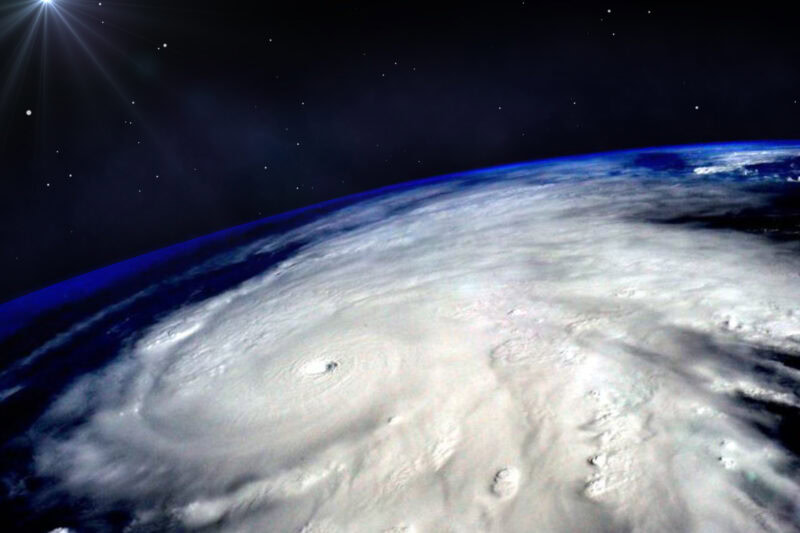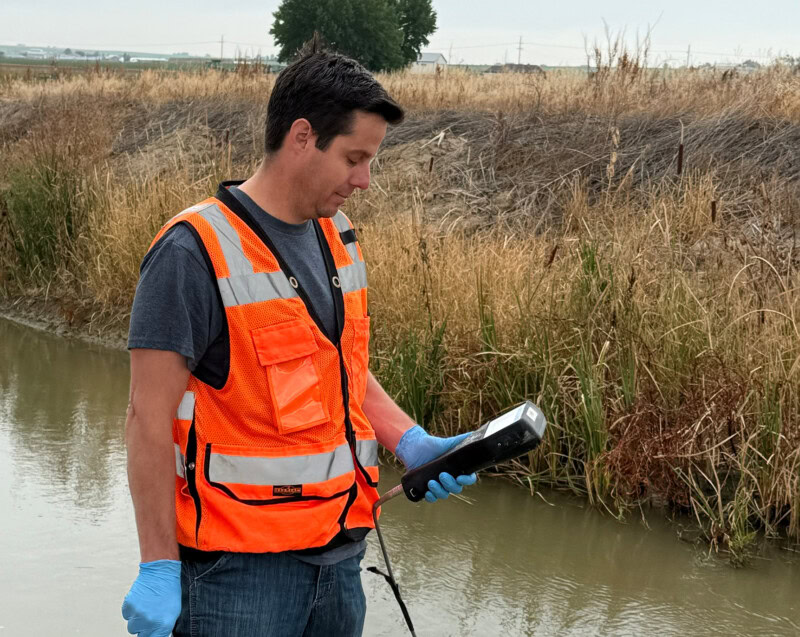Hurricanes, tropical storms, and tropical depressions are rolling in across the U.S. Gulf Coast. Have you prepared your home or business for severe storm weather? Here are some tips to help keep you, your family, and your business safe.
Learn About Your Situation
If you live in a region that could be affected by hurricanes, tropical storms, or flooding, find out if you live in an evacuation area. Areas up to 100 miles inland of storms can be affected. Visit the Federal Emergency Management Agency’s Ready.gov/hurricanes site to find guidelines, maps, videos, graphics, and more.
Develop a Safety Checklist
If you do live in a region under threat of storm damage, develop a checklist including information you’ll need in case of evacuation. Add phone numbers, emergency contact information (hospitals, emergency authorities, utility companies, etc.), and names of local services/websites you can check for storm updates. Note where items like lanterns, batteries, matches, first aid supplies, COVID-19 personal protective equipment (PPE) such as face masks, etc. are located.
Prepare for Shortages
Prior to a storm, it’s important to recognize that you may lose power or run out of important food items. Keep portable, battery powered lanterns and flashlights nearby for you and each of your family members. Take note of what food items you have and can store/use without use of a refrigerator, microwave, or other powered appliances. Ahead of a storm, residents will often stockpile perishable necessities like milk, eggs, and bread, but consider how a power outage might limit your ability to keep these items fresh over the long term.
Take Shelter
During a storm or hurricane warning, check ready.gov/alerts to find your area’s emergency alert system. If you’re not under an evacuation warning, be prepared to take shelter in your own home or in a designated storm shelter. If you shelter in your home or in a place of business, the safest areas are away from windows and inside small, interior rooms on the building’s lowest floor. If you’re at home, make sure your keepsakes and irreplaceable items are stored on high shelves in watertight containers.
Weather the Flood
The worst flooding of a storm season often occurs days or weeks after the storm passes. Understand how susceptible to flooding your area is by learning where levees and dams are located and researching flood plains. If your neighborhood floods, do your best not to travel through floodwaters at all – whether you’re driving or walking – as they can contain storm debris, household chemicals, electrical hazards, and other dangers. Only 12 inches of water can float a typical passenger vehicle.
Have more questions about how your business can prepare for or recover from hurricanes? Contact us at webquestion@cteh.com.




